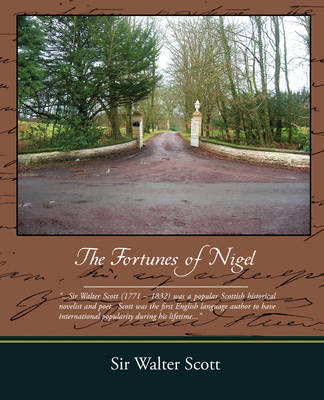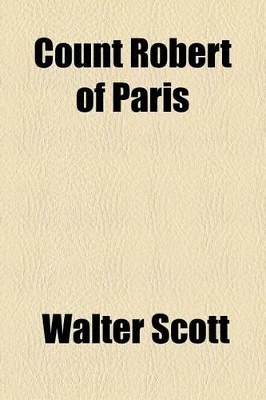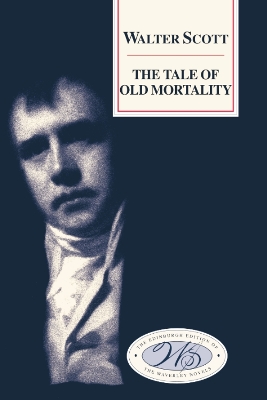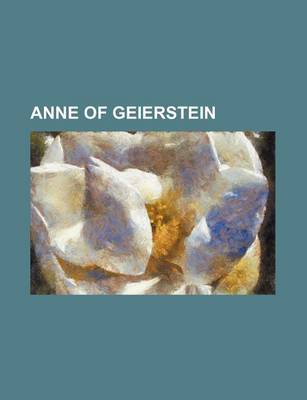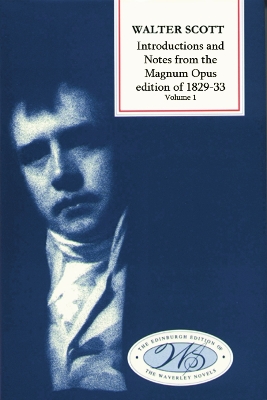Edinburgh Edition of the Waverley Novels
4 primary works • 29 total works
No. 4B
Some of them are almost 100 pages long; when they are put together they constitute a fascinating and lucid account of Scott's methods of compostion and his financial manoeuvres. This edition is for anyone who takes Scott seriously." Times Literary Supplement
Scott's fiction for the 19th century. Scott's introductions are semi-autobiographical essays in which he muses on his own art and the circumstances that gave rise to each of his works of fiction. His notes illustrate his text, sometimes with simple glosses, sometimes by quotations from historical sources, but most strikingly with further narratives which parallel rather than explain incidents and situations in the fiction.
